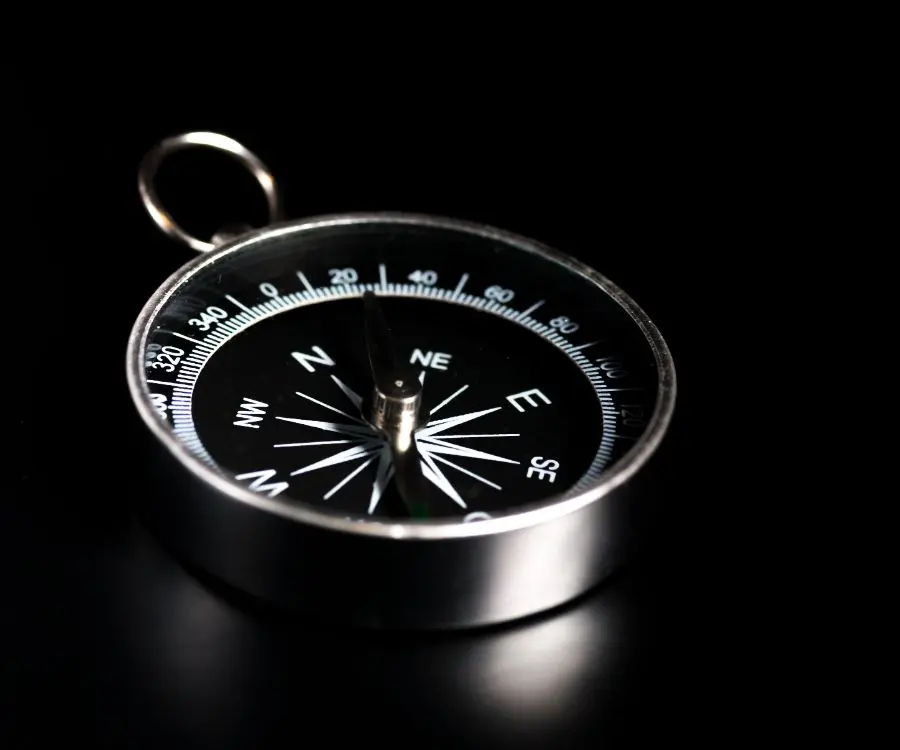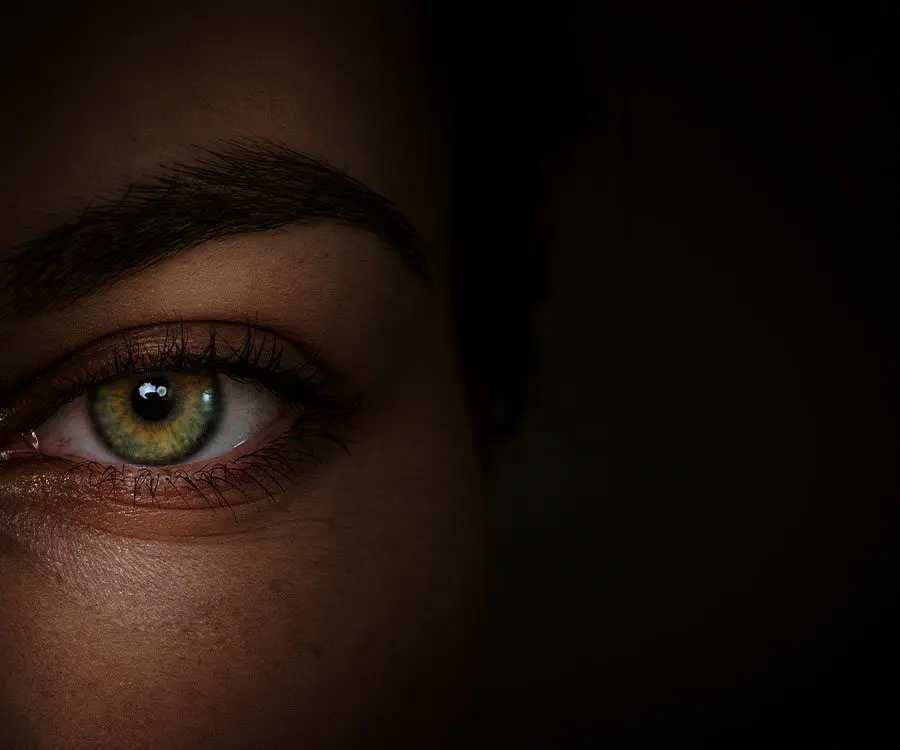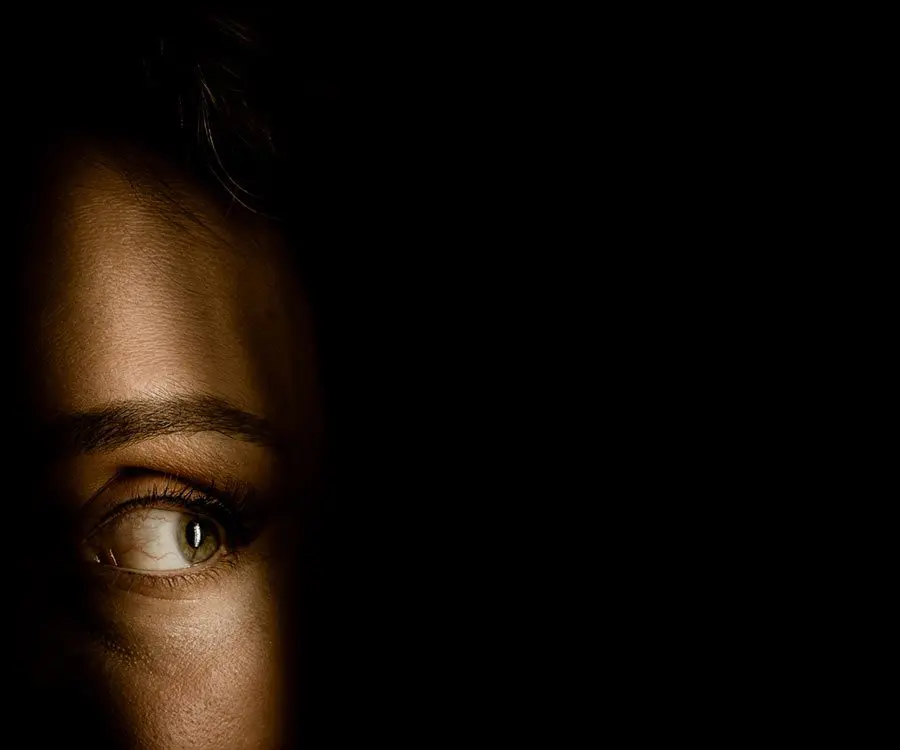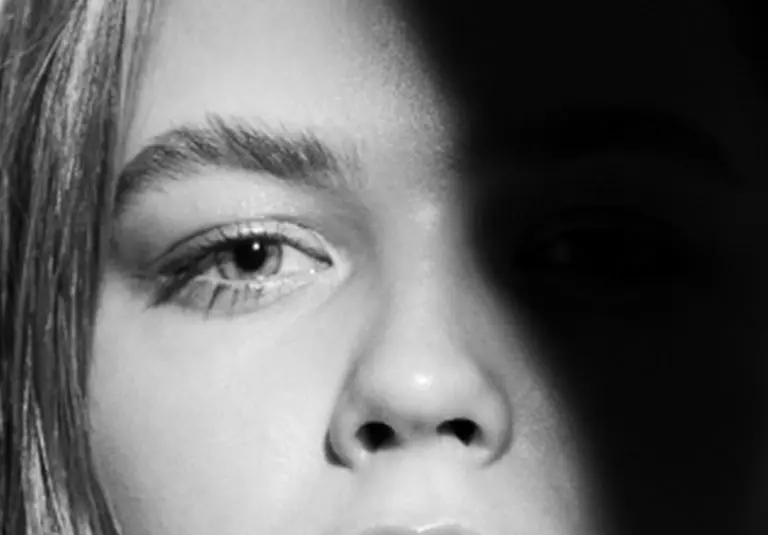
- Research

- News
When Glasses Don’t Work: Your Vision Correction Alternatives
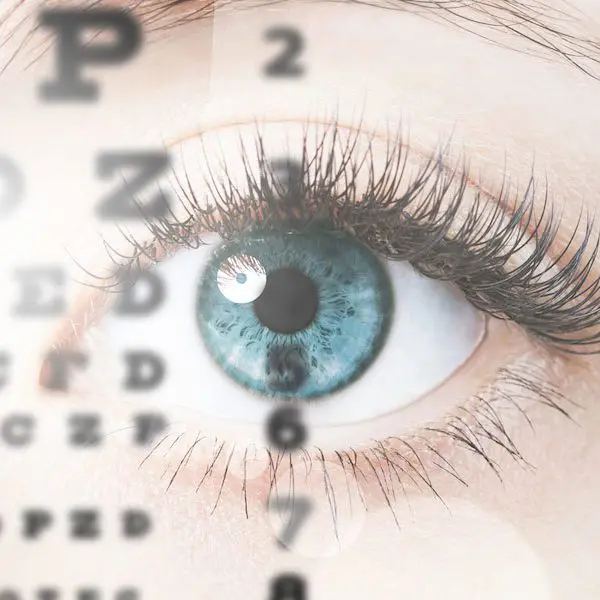
For various reasons, some people are unable to wear glasses or do not achieve clearer vision with them.
To see things clearly, all light entering the eye from objects around us needs to be sharply focused on the retina, the sensitive layer at the back of the eye. Most of the natural focusing occurs at the cornea, the clear window in the front of the eye. This is complemented by the focusing power of the natural lens in the eye, just like the lens of a camera which fine-tunes the focus to perfection.
If the focusing power of the eye is either stronger or weaker than what it should be, or the length of the eye is longer or shorter, then one must wear glasses or contact lenses to make up for the gain or loss of focusing power, however, this does not work for everyone.
Fortunately, there are now several vision correction alternatives available including: laser eye surgery (LASIK or LASEK), which restores the normal focus of the eye by altering the shape of the cornea; implantable contact lens (ICL) whereby a contact lens is placed inside the eye; refractive lens exchange (RLE) or intraocular lens implant (IOL) which involves removing the natural lens of the eye and placing an artificial lens that is calculated to restore normal focus of the eye— or a combination of these. The procedure and lens to be used are tailored to the eye of each individual.
All these procedures are highly specialised and have benefited many individuals. However, as with all surgery, vision correction is not without risks and hence it is very important to be examined by an expert who can advise on the most appropriate procedure, if any, to suit your eyes.
Want to find out more about your vision correction options? Request a brochure today.
Reviews

